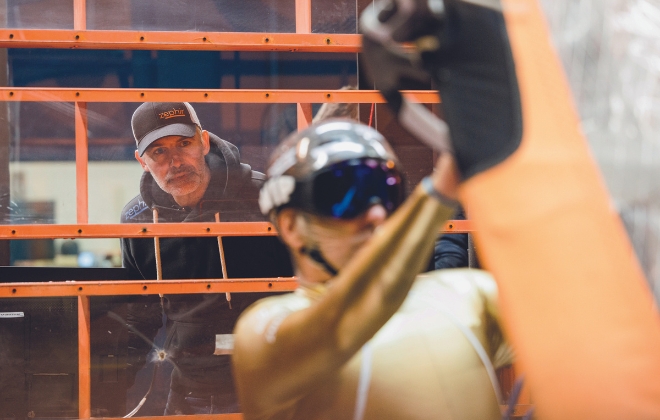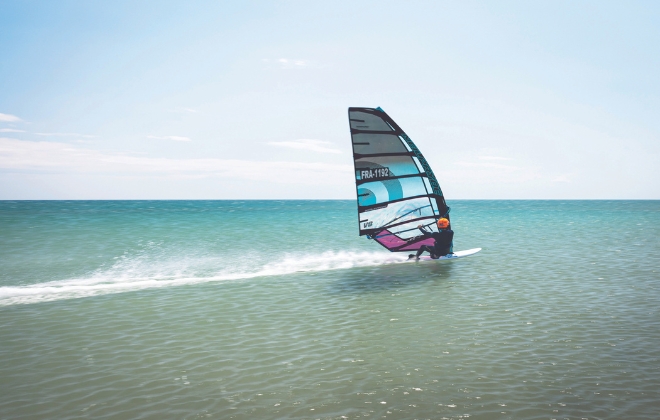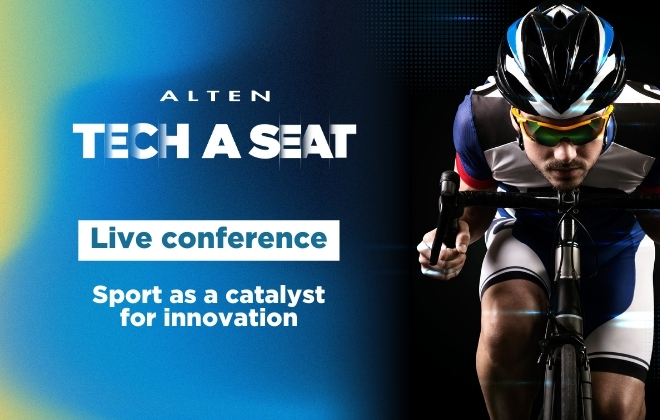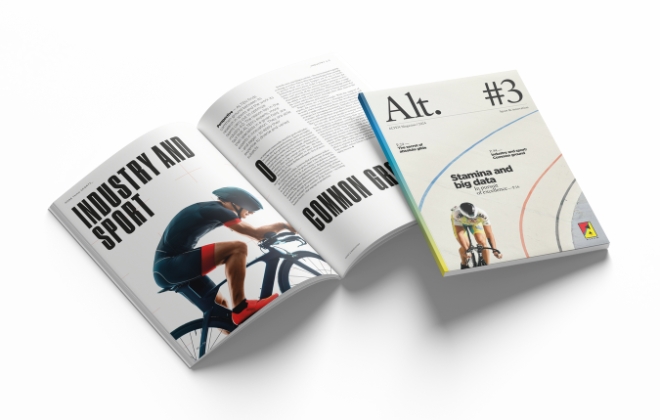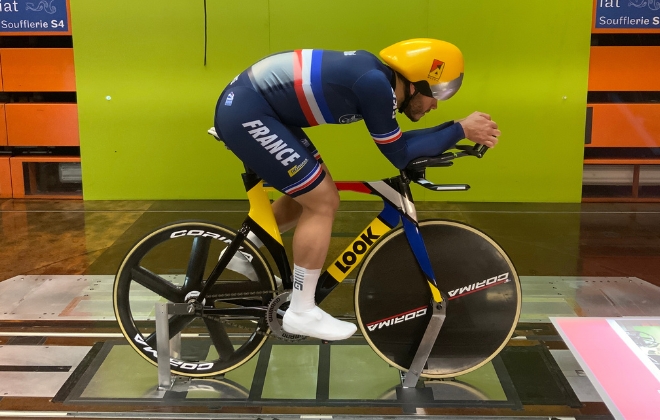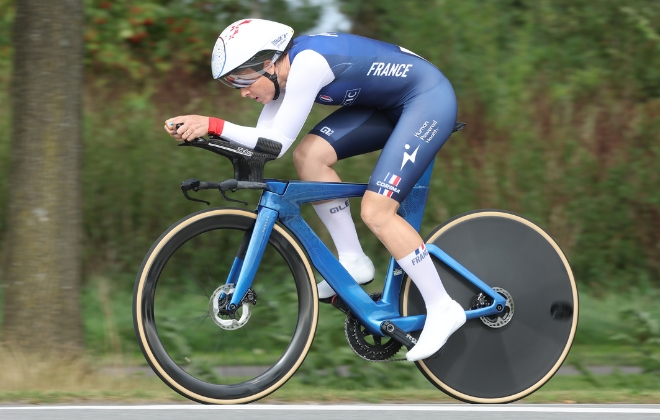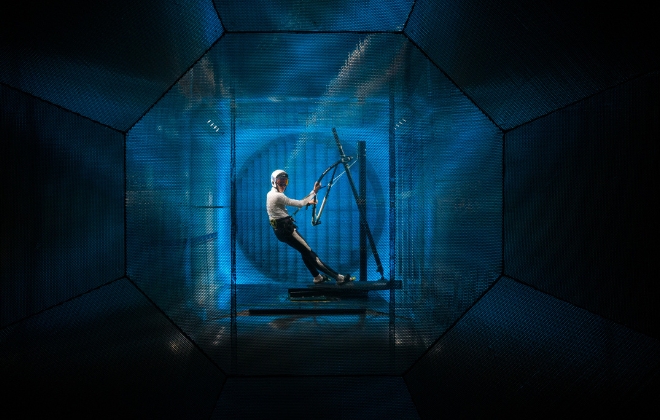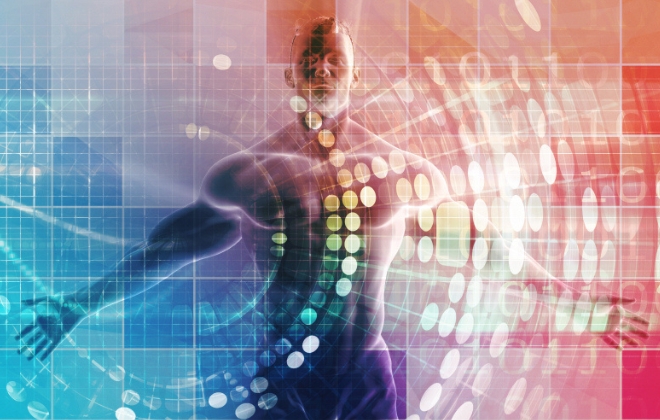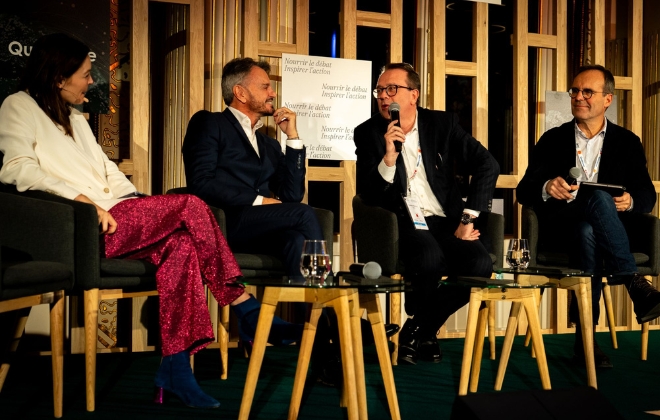Industry and sport: Common ground

ALTEN finds common ground between its research in sports and the work its teams carry out to optimize industry 4.0. The reason lies in the fact that ALTEN’s experts, more than specialists in a given field, are experts in innovation.
They are able – and eager – to apply their expertise to diverse and varied subjects.
One important commonality shared by sports and industry is the quest for top performance. Sports are highly competitive. Key performance indicators are measured and managed to enable individual athletes or teams to stand out from the crowd. For example, athletes train and strategize to achieve their best time. Similarly, in industry there is the concept of takt time – the time needed for product assembly to meet demand. Basically, it’s about rhythm and speed – be it of movement or of production.
It’s important to realize, however, that performance indicators can’t be taken too far. In sports, there is the risk of injury; in manufacturing, the risk of provoking a breakdown in the process. Performance management, in fact, depends on a whole host of indicators that influence functioning, including the environment. The athlete, the human being, has to manage all these influences through perceptions and sensations. Likewise, a factory manager must consider all the factors – including human factors – that impinge on production.
In both cases, one thing is certain – the environment is going to change, to evolve. This is why new technologies that can help to predict what can or may happen are of use to both. Technological innovations make it possible to simulate the future, to envision how the environment is going to evolve. They can’t provide all the answers, but they can offer a range of possibilities, and even probabilities. This knowledge enables the athlete as well as the industry leader to better prepare. For the cyclist and for the factory manager, they offer clues to the factors that influence performance.
Digital twins are a good example. With the support of experts, the cyclist can simulate a changing environment and be ready when change happens. From the aerodynamic flows around a single cyclist to team flows, science opens the path to strategies for managing uncertainty. Similarly, in industry these strategies and simulations can help to manage a fleet of robots, or to coordinate the flow of products from factory to customer. They can actually prepare people to manage imponderables.
It’s not only about looking forward, however. Learning from experience is another strategy that sports and industry share. Artificial intelligence can help to capitalize on experience, to learn from what has happened in the past and move into an anticipatory mode. New approaches and methods provide warnings and at the same time enable us to plan. Prescriptive maintenance, based on machine learning, makes it possible to adjust operating conditions to achieve the desired outcomes, much as the athlete uses algorithms based on the careful study of courses and conditions to assess the optimum amount of effort to expend at each stage of a race. In both cases, technology enables action before a problem arises, thereby encouraging success.











